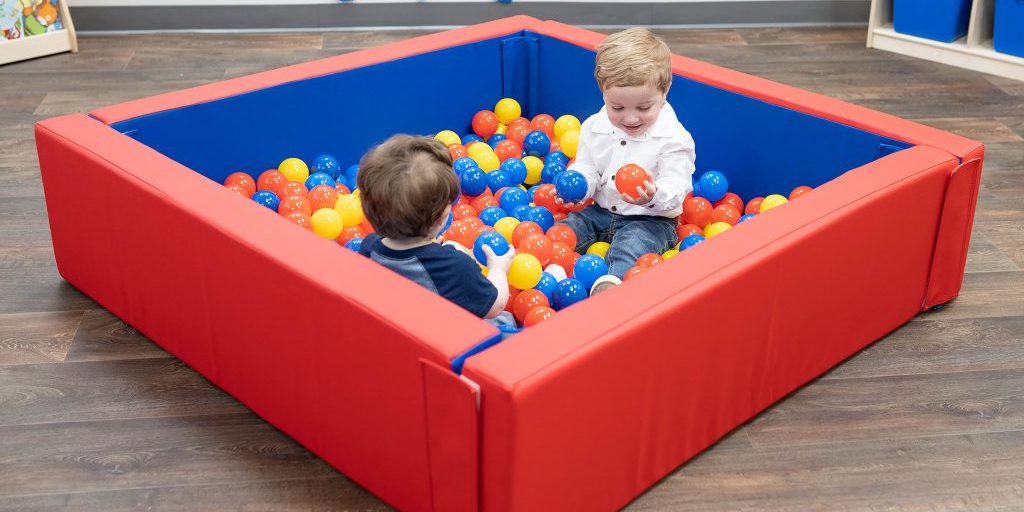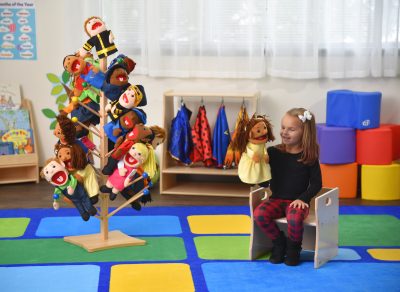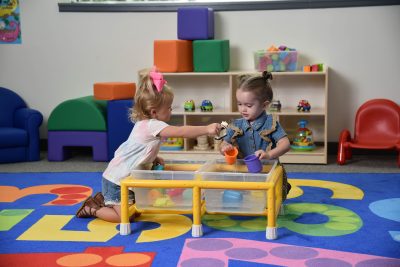
Sharing is Caring
 How to Teach Your Children to Share
How to Teach Your Children to Share
We have all heard children scream this at one point or another, “It’s Mine!” or, “Give It Back!” Children often feel that a toy belongs to them just because it’s fun or it’s something new and exciting. And they may become angry and frustrated when they cannot ‘get what they want’. They may actually grab the toy away from another child or refuse to give the toy back.
There are ways to make sharing easier and show your child the benefit of sharing and working together. One of the best ways to show your child these positive traits is to have them participate in fun and co-operative activities they can enjoy.
Using Children’s Factory high-quality, safe educational soft play products like the hand puppets is one way to encourage sharing. Create a simple story involving the puppets and show them how ‘they’ can both share and cooperate. Children’s Factory offers a set of six Ethnic Puppets and set of five Career Puppets with moveable mouths, perfect for this activity.
Here are some simple guidelines that you can follow that can go along with the puppet stories.
- Ask when you want to use something.

- Wait until someone is finished before you start using something.
- Help each other.
- Express gratitude for kind behavior.
Special Toys
Your child may have a special toy that goes with them everywhere and may rely on that toy for comfort. They could also get very upset if another child shows interest in the toy. So it may be a good idea to put away special toys when they have friends over. In the classroom, a child could be encouraged to put the special toy away in a cubby knowing it will be there when it’s time to go home.
For children to better cooperate, you will want to explain the reason for these guidelines. And when you set these limits, you will eliminate a power struggle. Make sure you acknowledge your child’s wishes with respect and communicate exactly what they should and shouldn’t do. Use positive motivation as well.
As young children grow and build relationships with their friends, they will come to understand that what they say and do can make people feel good, or make people feel sad. If children see thoughtfulness and cooperation modeled by others, they will learn to practice kindness, share and do good things for others.